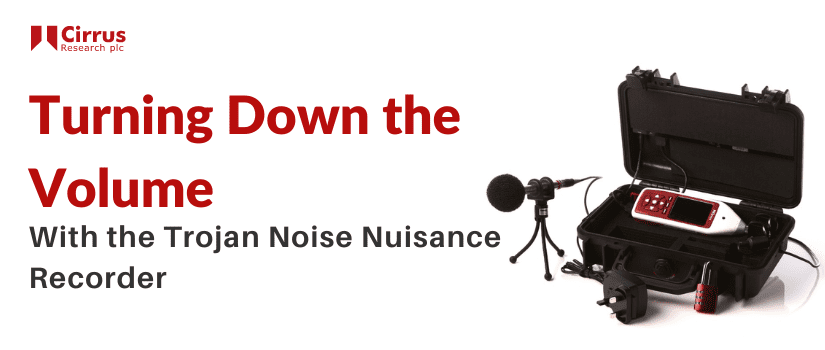London is famous for so many things: Westminster, the River Thames, the London Eye, red phone boxes, black cabs and of course, the London Underground. For anyone who’s ever ventured below ground to use the rapid transit network, there are a number of things that stand out, whether it’s the heat, the smell or indeed, the noise. However, in a protest against the lack of adequate and available hearing protection, London Underground drivers have decided to drive trains at lower speeds on certain sections of track, in order to reduce noise levels.
The action, which will begin on the 10th October, will affect services that run on the Jubilee, Central, Northern and Vicotria lines and is reported to have the support of 95% of the RMT union’s members.
As reported by the BBC, RMT representative, Mick Cash, said:
“It is appalling that RMT driver members have had to resort to a programme of industrial action in order to force London Underground to take the issue of excessive track noise seriously.”
All employers both in the UK are bound by the Health & Safety Executive’s Control of Noise At Work regulations, regardless of the sector they operate in. Employees in environments from factories, call centres, bars and nightclubs to airports, power plants and train stations are covered by these regulations and must have their hearing protected. It is incumbent on all employers to understand the noise risks posed in their places of work and take steps to reduce the noise levels and provide their workers with the appropriate level of hearing protection.
The Control of Noise At Work Regulations outline the maximum noise levels someone can be exposed to before hearing protection must be worn. The standard exposure level is 85 decibels over an eight-hour period. At this level, hearing protection must be worn in order to prevent potentially irreversible damage being done to someone’s hearing.
This graphic from the BBC shows the 10 loudest London Underground stations in Zones 1 and 2 (which for those who don’t know, covers the city centre).


As the graphic shows, these stations are well above the Control of Noise at Work regulation limits. When the 3-decibel rule is applied, the seriousness of not having the correct hearing protection becomes clear. However, the BBC caption here is slightly misleading: although a person’s perception of the sound may be doubled, in reality, there is almost 10 times the amount of sound energy between 90dB(A) and 100dB(A).
The 3-decibel rule helps to determine the maximum exposure time depending on the noise level. If we start with 85 decibels over eight hours and then add 3 decibels, the permissible exposure time needs to halve:
Even 8 hours’ exposure at 85dB(A) is not safe for everyone, so it’s advised that all efforts are made to reduce the noise levels as reasonably practicable to 80dB(A).
When the length of a shift is considered along with the noise levels of some of the Underground’s routes, it’s clear that Tube drivers require hearing protection if they are to avoid conditions like NIHL (noise-induced hearing loss), tinnitus and hyperacusis (heightened sensitivity to sound – for example, some people may experience sound as louder than others).
Exposure to high noise levels has also been linked to other serious health conditions such as stress, cardiovascular disease and in some cases, even stroke. Recent studies have also highlighted a growing consensus that mental health conditions are exacerbated by high noise levels, including dementia and Alzheimer’s disease.
Representatives from TFL (Transport for London) have responded to the drivers’ action by stating that have already agreed to provide better hearing protection for staff and that these measures form part of a wider plan to introduce longer-term solutions to noise levels on the Tube.
As experts in occupational noise monitoring, we’ll be sure to keep a close eye on this developing story.
You can read the original BBC article here: https://www.bbc.co.uk/news/uk-england-london-49838124



